Creating your own Magic: The Gathering cards is a popular hobby for many MTG enthusiasts. Whether you’re designing custom cards for fun, proxies for testing, or entire custom sets, a well-designed card template is crucial for achieving a professional and authentic look. This post explores the elements of a good MTG card template and highlights the key considerations when crafting your own.
Key Elements of a Magic: The Gathering Card Template
A comprehensive MTG card template needs to encompass several critical elements to accurately replicate the look and feel of official cards. These elements span from visual design to functional text placement.
- Card Frame: The card frame is perhaps the most immediately recognizable feature. This includes the distinct borders, colors, and shapes that denote different card types (creature, instant, sorcery, etc.) and rarities. Specific frames exist for artifacts, enchantments, lands, and planeswalkers, each with its unique visual characteristics.
- Mana Cost Box: Located in the upper right corner, the mana cost box displays the mana required to cast the spell or ability. This includes generic mana (represented by numerals) and colored mana symbols (W, U, B, R, G for White, Blue, Black, Red, and Green, respectively). Hybrid mana symbols (combinations of two colors) and Phyrexian mana symbols (paying life instead of mana) must also be accommodated.
- Card Name: Centered at the top of the card, the card name uses a specific font and placement. The font used is generally plantin, but can vary slightly depending on set style. It’s important to have a clear and readable font size.
- Card Type Line: Located below the illustration, the card type line specifies the type of card (e.g., Creature, Instant, Sorcery, Artifact, Enchantment, Land, Planeswalker) and any subtypes (e.g., Human, Elf, Wizard, Equipment, Aura).
- Illustration Box: The primary visual element of the card, the illustration box displays the artwork relevant to the card’s theme and abilities. The dimensions and proportions of this box are crucial for proper aesthetics.
- Rules Text Box: This section contains the card’s rules text, describing its abilities and effects. The font, spacing, and layout within this box are critical for readability and mimicking the official MTG style. Keywords (e.g., Flying, Trample, Haste) are often rendered in bold.
- Flavor Text: Often located below the rules text, the flavor text provides context and flavor to the card, contributing to the overall world-building. It’s typically italicized and uses a distinct font.
- Power/Toughness (for Creatures) / Loyalty (for Planeswalkers): Located in the lower right corner, this displays the creature’s power and toughness or the planeswalker’s loyalty. The font, size, and symbols used are unique to this area.
- Set Symbol: The set symbol, located to the right of the type line, visually represents the set the card belongs to. This can be a simple geometric shape or a more elaborate design. Its color typically indicates the card’s rarity.
- Collector’s Information: Located at the bottom of the card, this includes the set symbol, collector number, rarity symbol, and sometimes copyright information. This section is often less critical for casual custom card creation but important for more professional-looking designs.
- Rarity Symbol: The rarity symbol is located in the bottom border of the card, after the set symbol. The color of the rarity symbol indicates the card’s rarity: common (black), uncommon (silver), rare (gold), mythic rare (orange-red).
Considerations for Creating Your Template
When building your own MTG card template, you have several options. You can use image editing software like Photoshop or GIMP, dedicated card creation software like Magic Set Editor (MSE), or online card generators. Each approach has its pros and cons. Image editing software offers the most flexibility but requires significant design skills. MSE is specifically designed for MTG card creation and provides a user-friendly interface. Online generators are the simplest to use but often lack customization options.
Software Choice:
Choosing the right software is crucial. Photoshop and GIMP offer immense control over every aspect of the design, allowing for highly customized templates. However, they require a significant time investment to learn and master. Magic Set Editor provides a streamlined experience tailored for MTG card creation, with pre-built templates and easy-to-use text editing features. Online card generators are the quickest option for simple cards but offer limited customization.
Font Selection:
Font selection is vital for authenticity. The standard font for rules text is a variation of “Matrix Bold,” while the card name typically uses “Plantin.” Ensuring you have the correct fonts installed and used consistently throughout your template is essential for a professional look. Experiment with font sizes and spacing to optimize readability.
Image Resolution:
High-resolution images are crucial for producing visually appealing cards. Aim for a resolution of at least 300 DPI (dots per inch) for both the artwork and the template elements. Low-resolution images can result in blurry or pixelated cards, detracting from the overall quality.
Frame Accuracy:
Pay close attention to the accuracy of the card frames. Small deviations in color, shape, or proportions can be easily noticeable. Use official MTG cards as reference points to ensure your frames are as accurate as possible. Consider downloading high-resolution frame templates from reputable sources.
By carefully considering these elements and using the right tools, you can create a high-quality MTG card template that will elevate your custom card designs and bring your creative visions to life.
If you are looking for Magic The Gathering Card Template – Mightyprintingdeals.com you’ve visit to the right web. We have 22 Images about Magic The Gathering Card Template – Mightyprintingdeals.com like Mtg Free Printable Card Templates, Mtg Free Printable Card Templates and also Magic The Gathering Card Template Psd. Read more:
Magic The Gathering Card Template – Mightyprintingdeals.com

www.mightyprintingdeals.com
Magic The Gathering Card Template
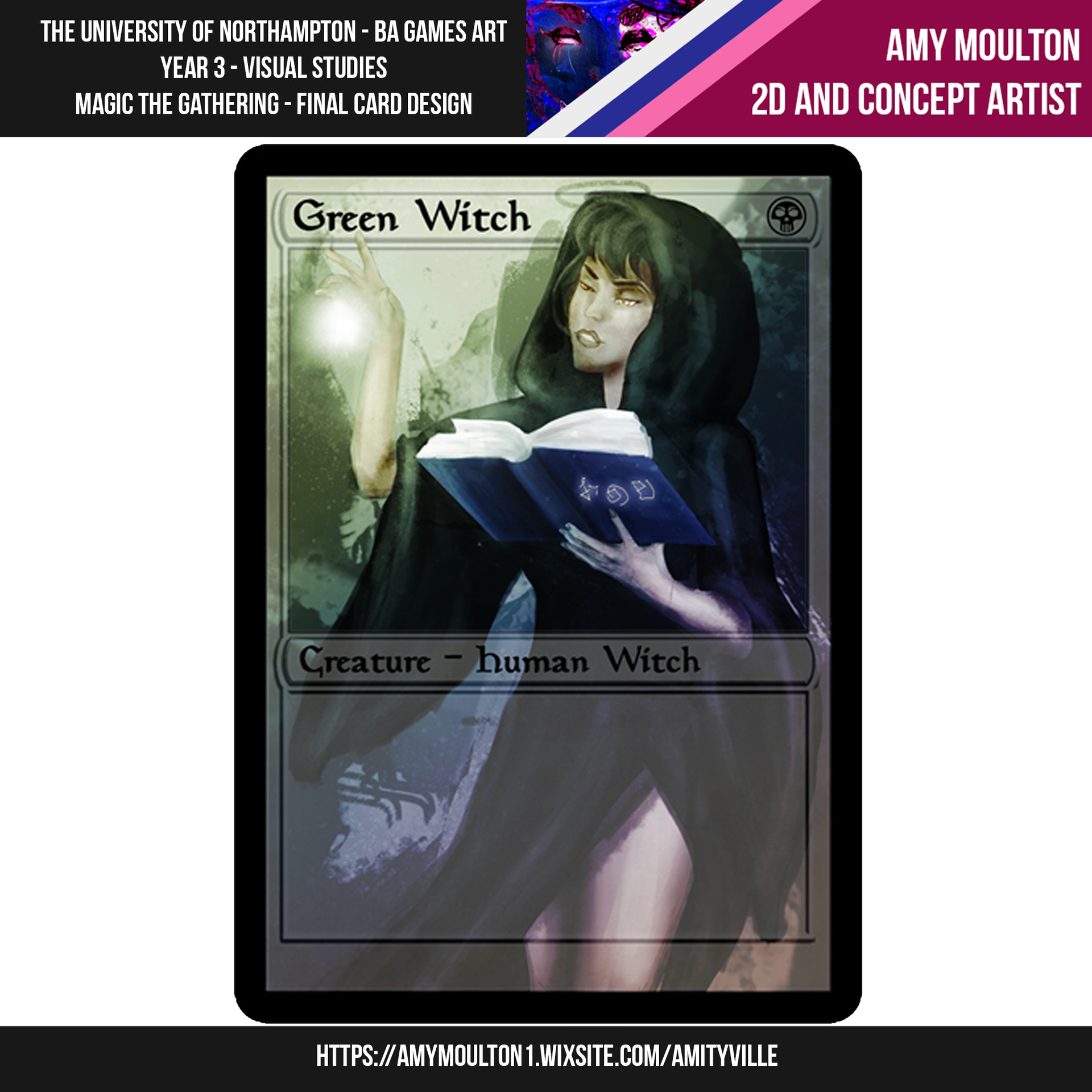
kaesg.com
Magic The Gathering Card Template Psd

ar.inspiredpencil.com
Magic The Gathering Card List Printable Pdf Download – Pauline F. Carrera

paulinefcarrera.pages.dev
Magic The Gathering Card Template Psd
ar.inspiredpencil.com
Mtg Free Printable Card Templates

encapotan9i6dblearning.z13.web.core.windows.net
Magic The Gathering Card Template

ar.inspiredpencil.com
Magic The Gathering Card Template Psd

ar.inspiredpencil.com
Magic The Gathering Card Template Psd

ar.inspiredpencil.com
Magic The Gathering Card Template – CC Alcala Norte
www.ccalcalanorte.com
Magic The Gathering Card Template – CC Alcala Norte
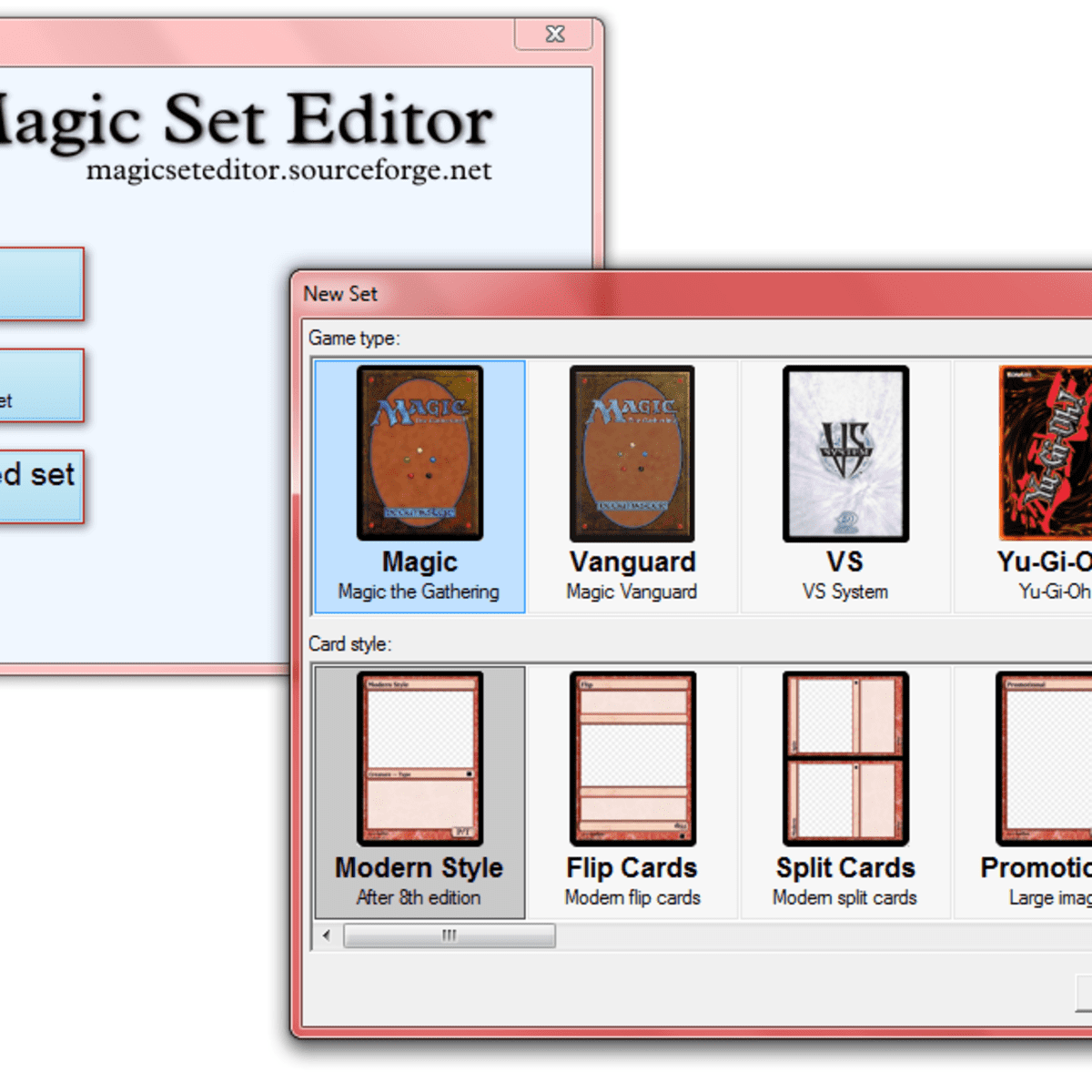
www.ccalcalanorte.com
Magic The Gathering Card Template Psd
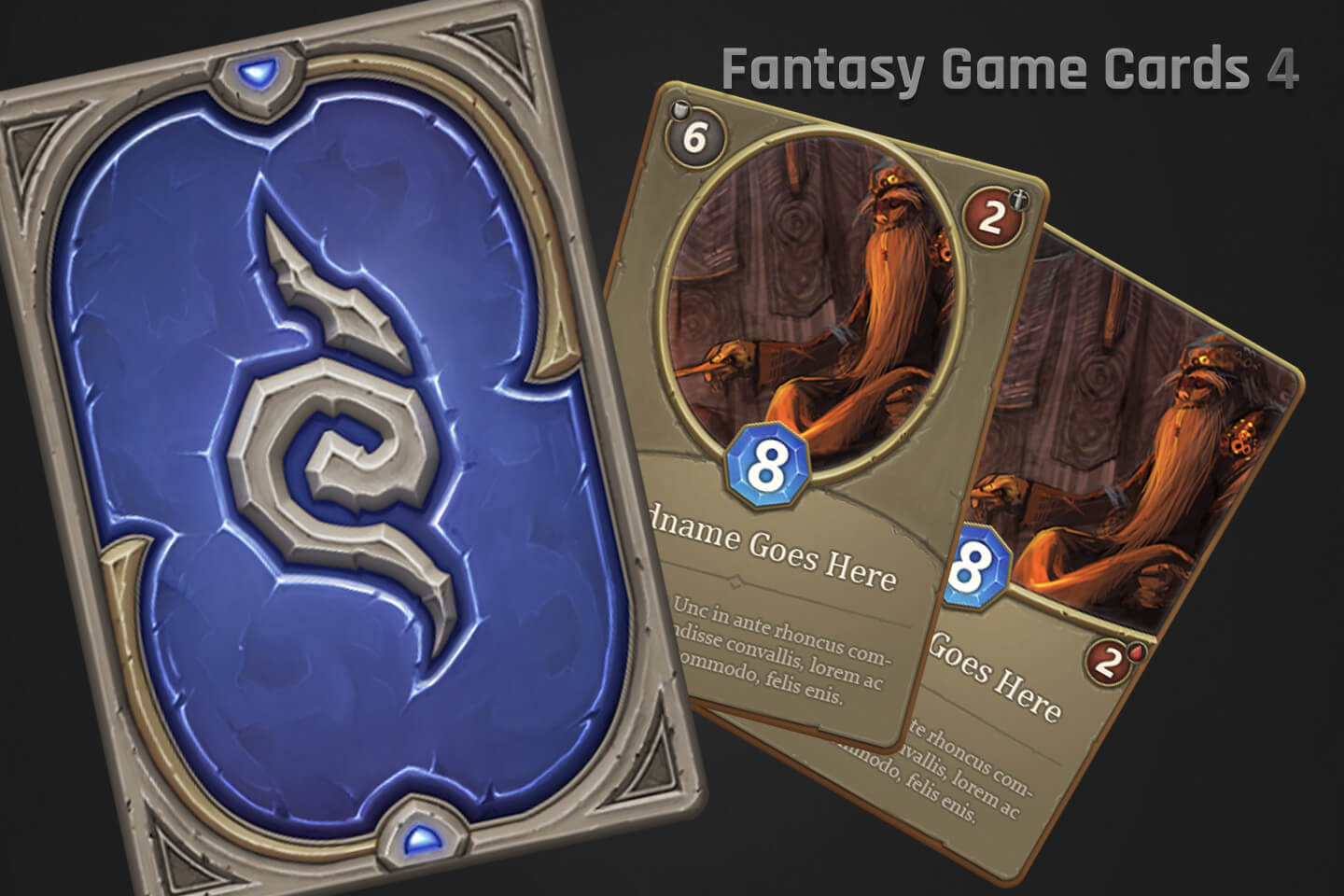
ar.inspiredpencil.com
Magic The Gathering Card Template Psd

ar.inspiredpencil.com
Mtg Token Template Psd
 9 per sheet.jpg)
ar.inspiredpencil.com
Mtg Free Printable Card Templates
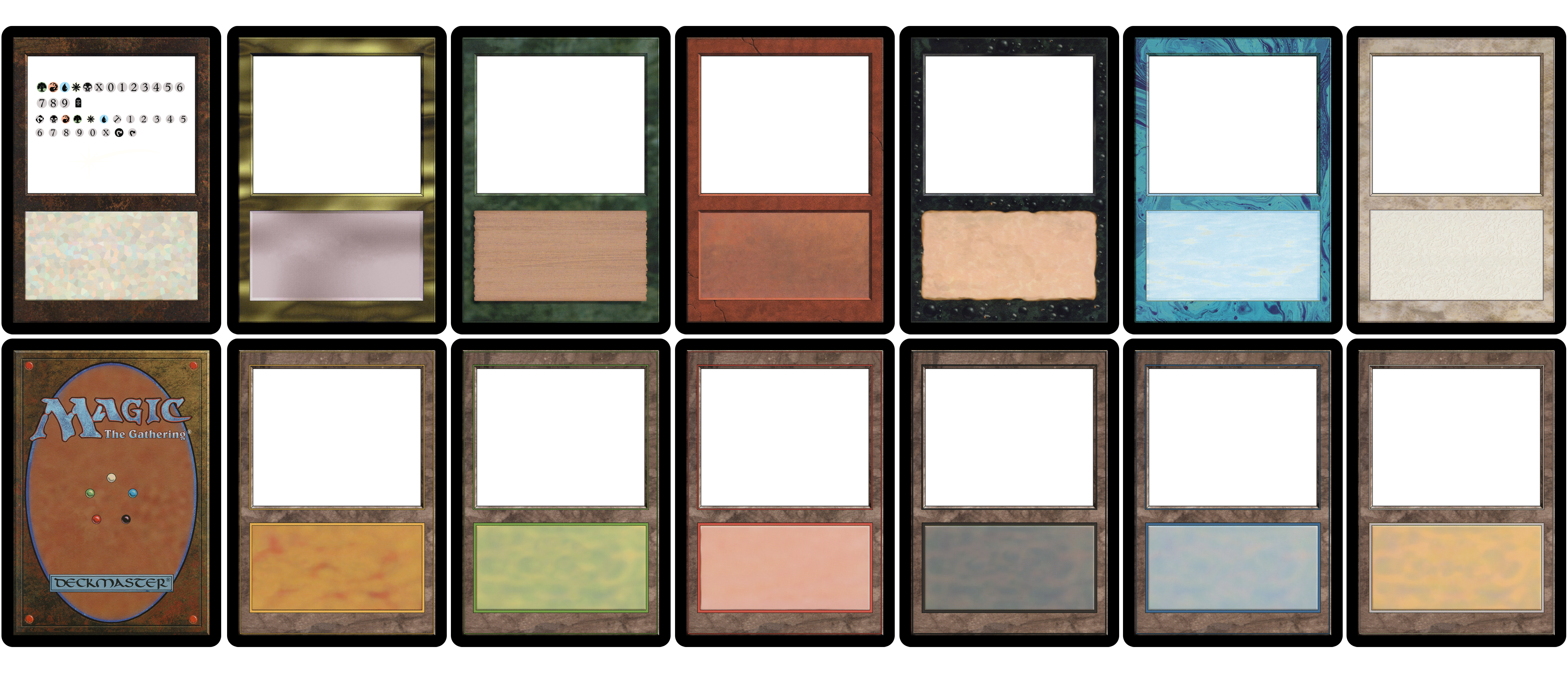
lampand4dblearning.z14.web.core.windows.net
Magic The Gathering Card Template

ar.inspiredpencil.com
Mtg Free Printable Card Templates
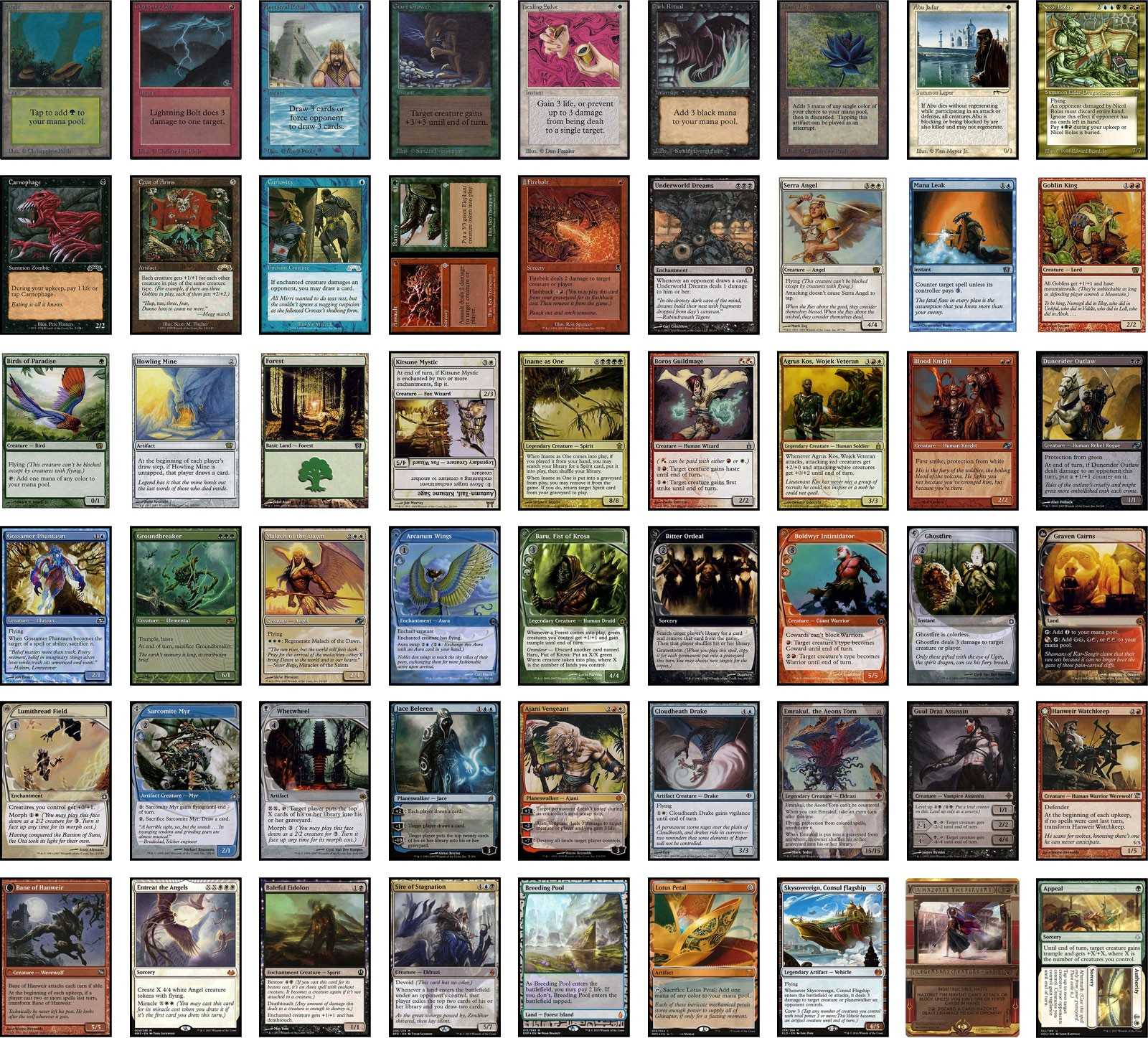
pontym3balessonmedia.z14.web.core.windows.net
Magic The Gathering Card Template Psd

ar.inspiredpencil.com
Magic The Gathering Card Template
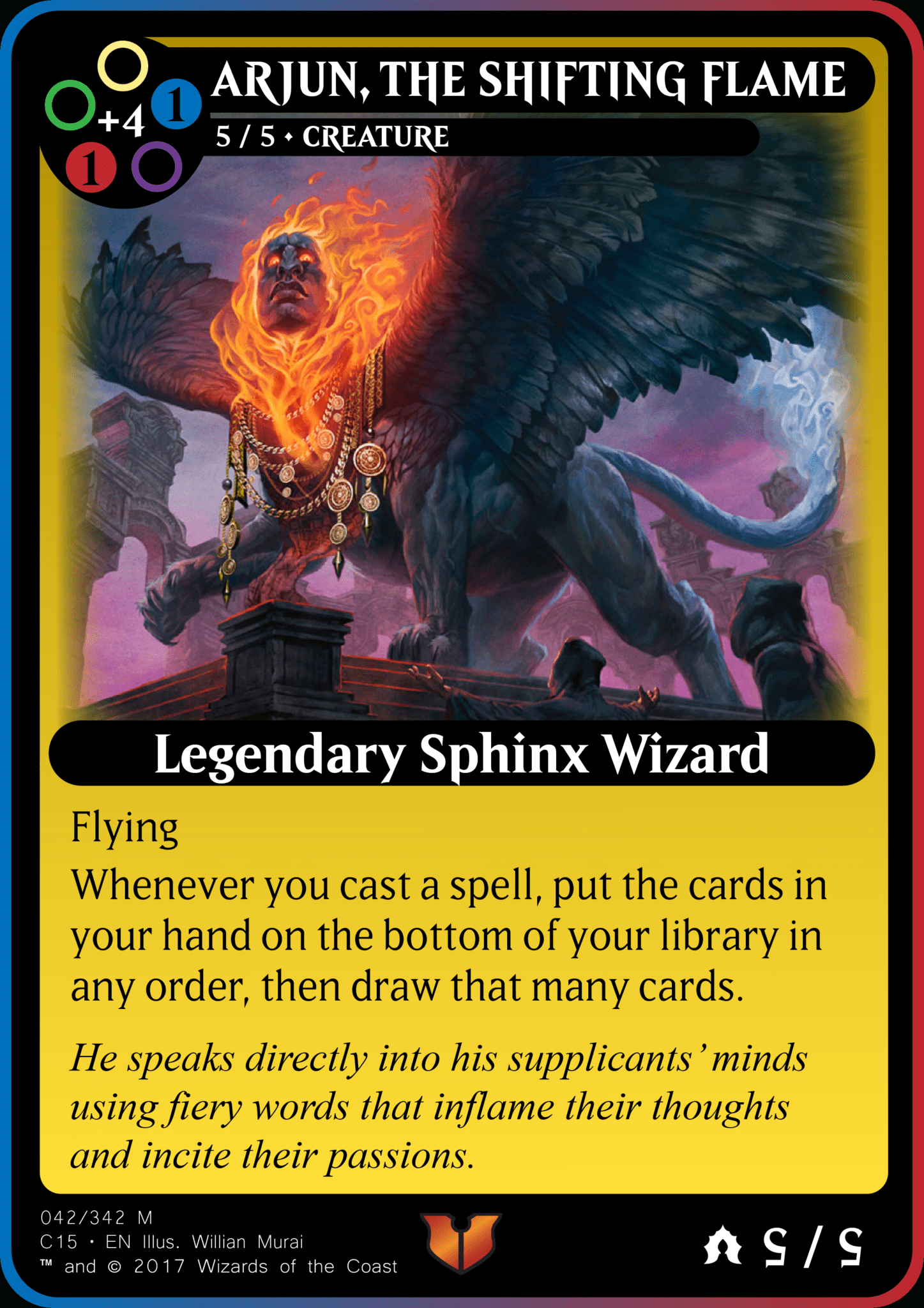
sample.gelorailmu.com
The Appealing 6 Blank Magic Card Template – Sampletemplatess With

www.pinterest.com
Blank Magic Card Template – Ccalcalanorte.com

www.ccalcalanorte.com
Building A Card | Magic: The Gathering Intended For Magic The Gathering

sample.gelorailmu.com
Building a card. mtg free printable card templates. Magic the gathering card template psd